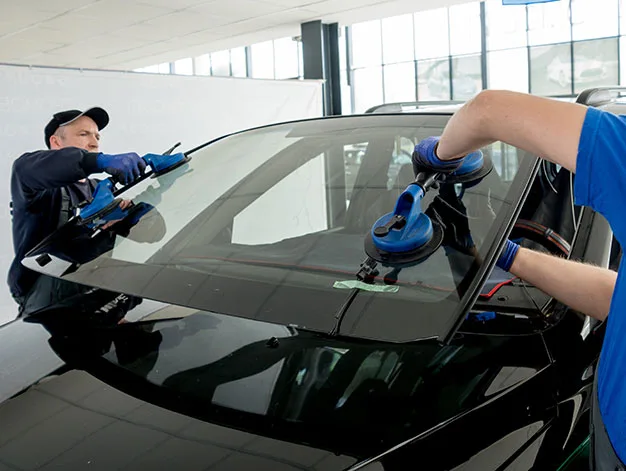The Critical Role of Auto Glass in Vehicle Safety Training and Education
Auto glass isn't just for seeing out. It's about staying safe. It's made of special types:
- Laminated: Won't shatter dangerously, key for airbags
- Tempered: Breaks into safer pieces
Safety training MUST include Damage checks, how glass tech works, and its role in crash safety ratings.
Auto glass is vital. It is for driver visibility, vehicle strength, and safety. It includes laminated and tempered glass. Knowing and maintaining it is key in safety training. They influence safer driving and emergency prep. Regular inspections and knowledge of auto glass technology enhance road safety.

Auto Glass: More Than Just a Window to the World
Auto glass is the driver's window to the outside world. It offers visibility and protection. Good car glass cuts glare. It resists impact and stays clear in all weather. Drivers must understand the features of different types of auto glass. These include laminated and tempered glass. They contribute to overall vehicle safety.
Laminated Glass: A Shield in Accidents
Laminated glass, commonly used for windshield replacement, comprises two glass layers bonded with a plastic interlayer. This composition is crucial. It stops the glass from shattering into sharp pieces during an impact. This protects the occupants. Knowing about laminated glass is vital in safety training. It also matters for airbag deployment and rollover safety.
Tempered Glass: Shattering Safely
Tempered glass is often used in side and rear windows. It is designed to shatter into small, blunt pieces on impact. This characteristic minimizes the risk of injury from sharp shards in accidents. Teaching drivers and passengers about tempered glass safety is key. This is especially true in emergencies, like breaking a window to escape.
The Impact of Damaged Auto Glass on Safety
Knowing the risks of damaged or poorly installed auto glass is crucial. They are a key part of vehicle safety training. Even small cracks or chips can weaken the glass. They can create hazards. Regular inspections and prompt repairs are essential to maintaining the vehicle's safety.
Innovations in Auto Glass Technology
New auto glass technology is advancing. It includes heads-up displays (HUD) and advanced driver assistance systems (ADAS). They are changing vehicle safety. These technologies integrate with the windshield, displaying critical information and alerts. Knowing about and caring for these systems is key. They keep them working well and make the road safer.
Auto Glass Maintenance: A Key Safety Practice
Regular maintenance and inspections of auto glass are fundamental to vehicle safety. Drivers should learn to spot wear and damage. They should understand the need for pro repairs. They should also understand the need for picking the right glass replacers. This knowledge is paramount in preventing accidents and ensuring optimal visibility and protection.
The Role of Auto Glass in Crash Testing and Safety Ratings
Auto glass repair plays a significant role in crash testing and vehicle safety ratings. Its performance in crash simulations, ability to withstand impacts, and contribution to the overall structural strength of the vehicle are critical factors in determining a vehicle's safety rating. Educating consumers about these ratings and the role of auto glass can influence informed vehicle purchasing decisions.
Conclusion
The importance of auto glass in vehicle safety cannot be overstated. It is critical. It needs regular maintenance, proper setup, and an understanding its features. Effective training and education can ensure the safety and integrity of vehicles. This will make roads safer for everyone. It will help drivers and vehicle owners do their part.
